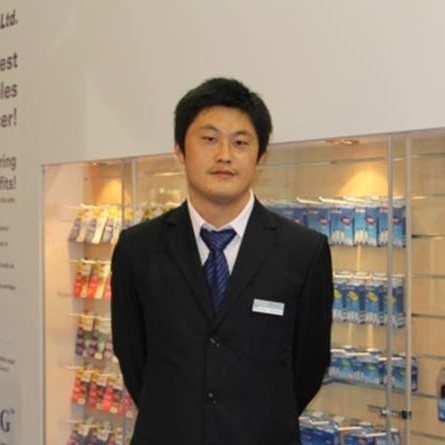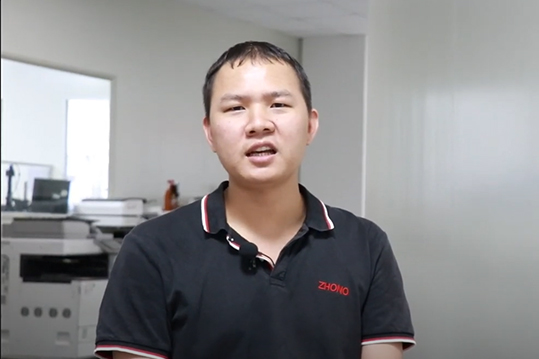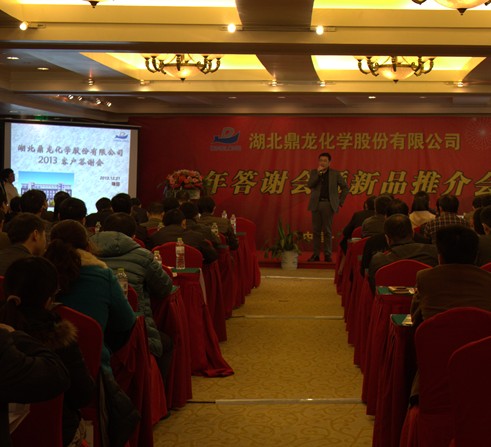OEMs Block Compatibles by Inkjet Structure Design
As we all well know, a patent is the most powerful “weapon” available to the original equipment makers (OEMs) to defeat aftermarket players. A patent lawsuit is also the most effective strategic measure OEMs can use to protect their market share of compatible supplies. However, since 2012 the OEMs have changed their strategy in the business printing market. They’ve improved the performance of printers, equipping them with high yield cartridges having complicated structures and advanced ink controlling technology. Such an initiative aims to further control their share of aftermarket supplies.
1.Hewlett Packard
HP introduced the 564 and 920 series inkjet cartridges in 2008 with complicated chip encryption technology. The company designed the inkjet cartridges with sponge ink controlling technology (Fig.1. 1). However, HP met compatible imitations when the product was released as a result of its rather simple structure. Two years later, the chip was decoded and HP’s aftermarket share expanded.

In 2012, HP shifted its focus to the business printing market. It introduced the HP970 for the high-end market, HP950 for the middle market, and HP932 for the low-end market. These products are marketed to different customers, but they are all provided with complicated structural design (see Figs. 1.2 and 1.3).


The new structure has the following features: complicated ink feeding, more internal parts, more close connection between printer and cartridge. These new products had a negative effect on compatibles, especially with regard to connection between printer and cartridge, which is the key technical difficulty to be overcome.
2. EPSON
Prior to 2012, Epson applied its mature, Integrated Circuit (IC) chip, MicroPiezo ink sensor, and ink valve structure (Fig. 2.1) to its inkjet cartridges. After 2012, it introduced new products for the home and business markets. Epson’s inkjet cartridges for the home market have a structure similar to those before 2012, but the eliminated the MicroPiezo ink sensor to save on cost. While for the business market, Epson launched complicated cartridges as HP has done. It aims to defeat the aftermarket by technical structure.


3. CANON
Canon’s behavior is different from HP and Epson. It focuses more on high-end photo printing and takes the lead in the market. In 2012, Canon also introduced new products for the home and small office home office (SOHO) markets. The new products use an enlarged inkjet nozzle exit orifice which is difficult to match to a printer. At the same time, the ink controlling system also has been changed from two sponges to three sponges.
4. Brother
Brother enjoys good performance in the large format, A3 inkjet market and is featured as a classical lever structure. In 2012, Brother introduced its first chip-equipped inkjet and combined lever and chip technology, all-in-one unit. It represents a great challenge to compatibles.
OEMs are shifting their focus to penetrate the business printing market and investing more to complicate inkjet cartridge structure. They promote the advantage of inkjet printers that strengthen their control of the aftermarket. At present, most of the aftermarket manufacturers have few issued patents and much less innovation. Almost all of their technologies imitate the OEM supplies. They can provide good cost performance products by cloning when OEM’s inkjet structure is simple. However, future updates of OEM technology will likely close the road to aftermarket clones.
As we can expect, with further developments by the OEMs in the business printing market, business printing supplies will become divided between high-end and low-end compatibles. The high-end compatible players will release proprietary intellectual property consumables with strength in technology and innovation. But, low-end players will eventually find themselves at a dead end.
The bottom line is to remain competitive you should choose a powerful supplier as your business partner.
Author: Mr. Yusen Zhang

Mr. Yusen Zhang, Product Manager of Ninestar Image Tech Limited. Mr. Zhang has more than 10 years’ experience in the aftermarket and has been focusing on the analysis and development of inkjet business printing.







Leave a Comment
Want to join the discussion?Feel free to contribute!